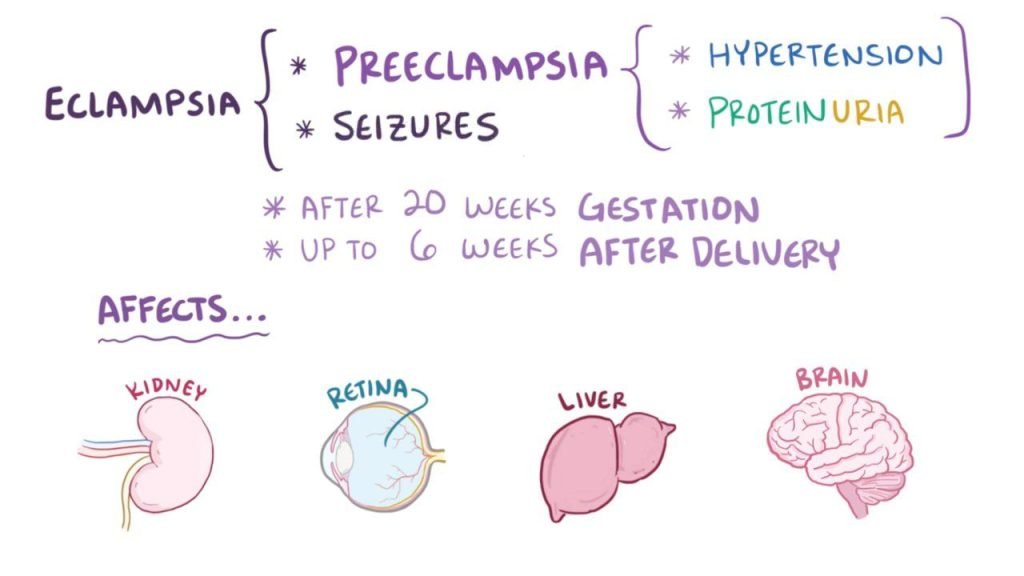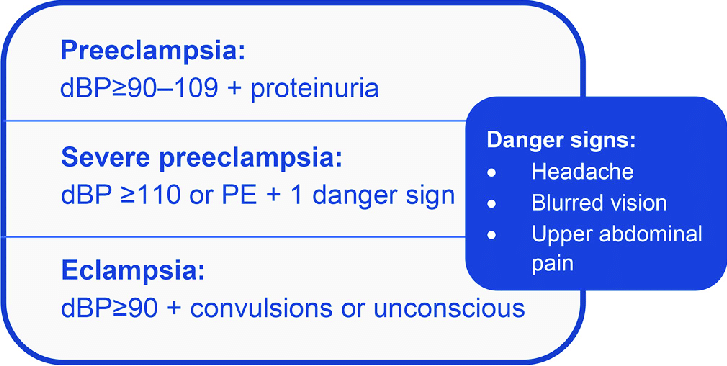Navigating the Preeclampsia Challenge: Preemies on the Horizon

Brace yourselves, parents-to-be, as we embark on a bumpy ride through the mysterious world of preeclampsia and its connection to premature birth. This journey is all about gaining a solid grip on what preeclampsia is, how it can affect your pregnancy, and why preemies sometimes make an early entrance into the world.
Preeclampsia: The Sneaky Intruder
Okay, so imagine this: You’re on your way to a blissful pregnancy, and everything seems just fine. Then, out of the blue, preeclampsia decides to crash the party. What is it? Well, it’s a bit like that unexpected guest who shows up uninvited and can create a bit of chaos.
Preeclampsia is a condition that typically appears after the 20-week mark and is characterized by high blood pressure and damage to vital organs like the liver and kidneys. It’s a sneaky intruder because it often flies under the radar, with symptoms that can be as subtle as a ninja in the night. Things like swelling, sudden weight gain, and those pesky headaches can all be signs, but not everyone experiences them.

PATHOPHYSIOLOGY
Preeclampsia is a complex and sometimes mysterious condition that can lead to premature birth. Understanding the pathophysiology, or the underlying processes, of preeclampsia and its connection to early birth is crucial for managing and treating the condition. Let’s dive into the intricate world of how preeclampsia unfolds and why it might lead to a preterm delivery.
Preeclampsia isn’t the only high blood pressure disorder that can arise during pregnancy. There are other conditions to be aware of, such as:
- Gestational Hypertension: This condition involves high blood pressure that emerges after the 20-week mark without any issues in the kidneys or other organs. While some women with gestational hypertension may continue with a healthy pregnancy, others might go on to develop preeclampsia. It’s important for healthcare providers to monitor these conditions closely to ensure the well-being of both the mother and the baby.
The Placental Connection
Preeclampsia’s origins can often be traced back to the placenta. During a healthy pregnancy, the placenta plays a crucial role in supplying the growing fetus with oxygen and nutrients. It does this by creating a network of blood vessels within the uterus, allowing blood to flow from the mother to the baby.
In preeclampsia, something goes awry with this placental development. The exact cause isn’t always clear, but it’s believed that problems with the blood vessels in the placenta play a central role. These blood vessels don’t expand and function as they should, leading to reduced blood flow to the placenta.
The Blood Pressure Riddle
One of the hallmark signs of preeclampsia is elevated blood pressure. So, how does placental trouble lead to high blood pressure? The precise mechanisms are still being unraveled, but here’s the gist of it:
The malfunctioning blood vessels in the placenta release substances into the mother’s bloodstream that can lead to systemic blood vessel constriction and inflammation. These processes contribute to the increase in blood pressure. As a result, preeclampsia is often characterized by hypertension, which is a blood pressure reading of 140/90 mm Hg or higher.
The Kidney Connection
Preeclampsia isn’t just about blood pressure; it can wreak havoc on other vital organs, too. The kidneys are among the most affected. The abnormal placental function triggers an inflammatory response in the mother’s body. This, in turn, impacts the small blood vessels in the kidneys, impairing their filtering function.
When the kidneys can’t effectively filter waste and excess fluids from the blood, it can lead to proteinuria, which is the presence of abnormal amounts of protein in the urine. Proteinuria is one of the diagnostic criteria for preeclampsia.
Inflammation and Systemic Effects
Inflammation is a key player in the pathophysiology of preeclampsia. The inflammatory response triggered by the placental issues doesn’t stop at the kidneys. It can affect various systems throughout the body. This systemic inflammation contributes to the range of symptoms often seen in preeclampsia, including swelling, headaches, and vision changes.
The Premature Birth Connection
Now, let’s talk about why preeclampsia and premature birth are like two peas in a pod. When preeclampsia rears its head, it can mess with the normal course of your pregnancy. One way it does this is by constricting the blood vessels, which can reduce the flow of nutrients and oxygen to your baby. As a result, your little one might decide, “Hey, it’s a bit cramped in here; I’m ready to see the world!”
So, if things get too dicey, your healthcare team might decide that the best way to ensure the health of both you and your baby is to make an early exit. This often means delivering your bundle of joy prematurely, before they’ve had the full nine months of cooking time. It’s not ideal, but sometimes it’s the best way to keep everyone safe.
In some cases, this deficiency becomes severe enough that the healthcare team decides it’s safer for the baby to be born early. This might mean inducing labor or performing a cesarean section. Premature babies, or preemies, might need extra care in a neonatal intensive care unit (NICU) due to their underdeveloped organs and systems.
The Nitty-Gritty of Premature Birth
Now, let’s get into the nitty-gritty of what happens when your baby decides to make an early debut. Premature babies, often called preemies, need a little extra TLC. That’s because they might not be fully baked yet. Their tiny bodies might struggle with breathing, keeping warm, and even feeding.
Preemies might spend some time in the neonatal intensive care unit (NICU), where a team of superheroes (aka neonatologists and nurses) will watch over them. These experts will make sure your baby gets all the help they need to grow and develop outside the womb.
Managing Preeclampsia and the Preemie Scenario
So, you might be thinking, “What can I do to avoid this preeclampsia and premature birth rollercoaster?” Well, first things first: prenatal care is your BFF. Regular check-ups with your healthcare provider can help catch preeclampsia early, which is super important. And when it comes to managing preeclampsia, sometimes bed rest, medications, or even hospitalization might be necessary.

Remember, you’re not alone in this. Your medical team is there to guide you through this challenging journey and make the best decisions for you and your baby’s well-being.
In the wild world of pregnancy, preeclampsia and premature birth can be unexpected detours. But with early detection and the support of your healthcare team, you can navigate these challenges and ensure the safest possible outcome for both you and your precious preemie.
The Bottom Line
Understanding the pathophysiology of preeclampsia and its connection to premature birth helps shed light on this complex condition. Preeclampsia disrupts the normal functioning of the placenta, triggers inflammation, and impacts various organs, leading to symptoms like high blood pressure and kidney dysfunction. When the condition becomes severe, early delivery might be the best option for the health of both the mother and the baby.
Medical professionals play a vital role in managing preeclampsia and making decisions regarding the timing of delivery to ensure the best possible outcomes. While the exact causes of preeclampsia are still under investigation, ongoing research strives to unlock the mysteries of this condition and improve care for expectant mothers and their babies.
So, here’s to the journey ahead, full of twists, turns, and hopefully a happy, healthy baby at the end of it all. You’ve got this!
